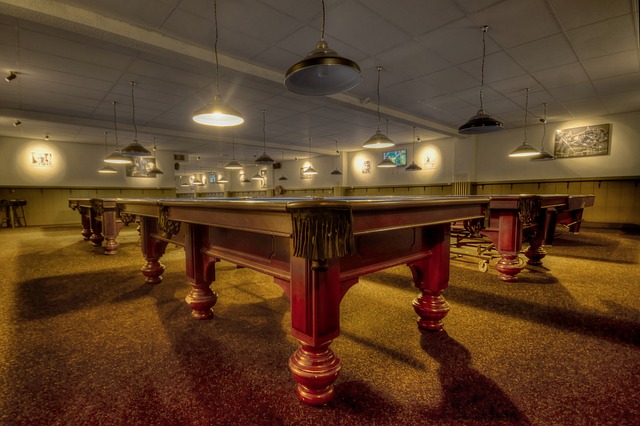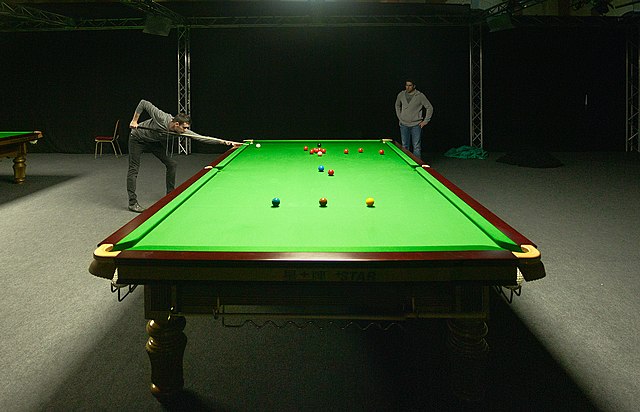
There are many options for making snooker cues. Some are heavier than other, while some are lighter than the others. Maple and ash are great choices for snooker cues, regardless of their material. Maple, however has some disadvantages that should be considered and should not be used without caution. These woods vary in their whippyness or stiffness. Be careful when selecting your cue.
Materials used in snooker cues
Ash cues are distinguished by their clear grain patterns (chevrons and arrows). The graining can make it difficult to bend them straight because they are often uneven and wide. As a result, it is important to choose your cue carefully to avoid any potential problems.
Ash cues have traditionally been made from English ash. This has decreased in popularity due to falling laws. More recently, demand has moved to American ash, which is straight grain. English ash cues tend to be darker, heavier, and more visible chevrons. Acer saprum maples can also be used, though they are more expensive. The maple timber is fully kiln-dried and seasoned for at least 12 months.
Rolled and bounded the same
Ash is a dense and lightweight wood that can be used to make snooker cues. It is not as expensive and luxurious as luxury snooker snooker ues. It has a little bit of flexibility, making it easier to spin. It also has less deflection than other types of wood.

Maple and Ash have been the traditional timbers to use for cue shafts. Maple and Ash offer both rigidity and playability. Some models include brass or plastic ferrules.
Receptive to wear and tear
When you use your snooker cues, it is important to take care of them. You must keep them out of direct sun and moisture. They should be kept on a cue rack to avoid warping and damage. It is also important to protect them from abrasive materials such as sandpaper or chemicals.
You can keep them in great condition by adding weight. You should choose a cue that weighs at least 17 ounces. Anything lighter than that will put strain on your arm. Purchasing a cue that is lighter than this can also lead to over acceleration of your arm.
Additional weight at the butt
To achieve a proper balance, the weight of the butt is very important. While many cues can be made from ash or maple, some are made entirely from it. Some cues can be decorated while others are more plain and basic.
The shaft's butt, a lower and heavier piece, is connected to the shaft via a screw. The shaft is a smaller and narrower piece. These two pieces are connected at the butt where a male and female screw go through. Cue joints come in a variety of materials, including brass, plastic and wood. Brass-to-brass joint are the most popular.

Rolling and bouncing the identical
One of the most sought-after types of snooker is the ash Billiard cue. Ash snooker cues weigh in at 18 to 20 ounces. This is lighter than the larger billiards balls. The majority of snooker cues are made of ash, but there are also some cues made from maple.
Ash snooker dice are also more affordable than other materials. They will cost you based on their wholesale price. You will be able to find a cue of good quality at an affordable price.